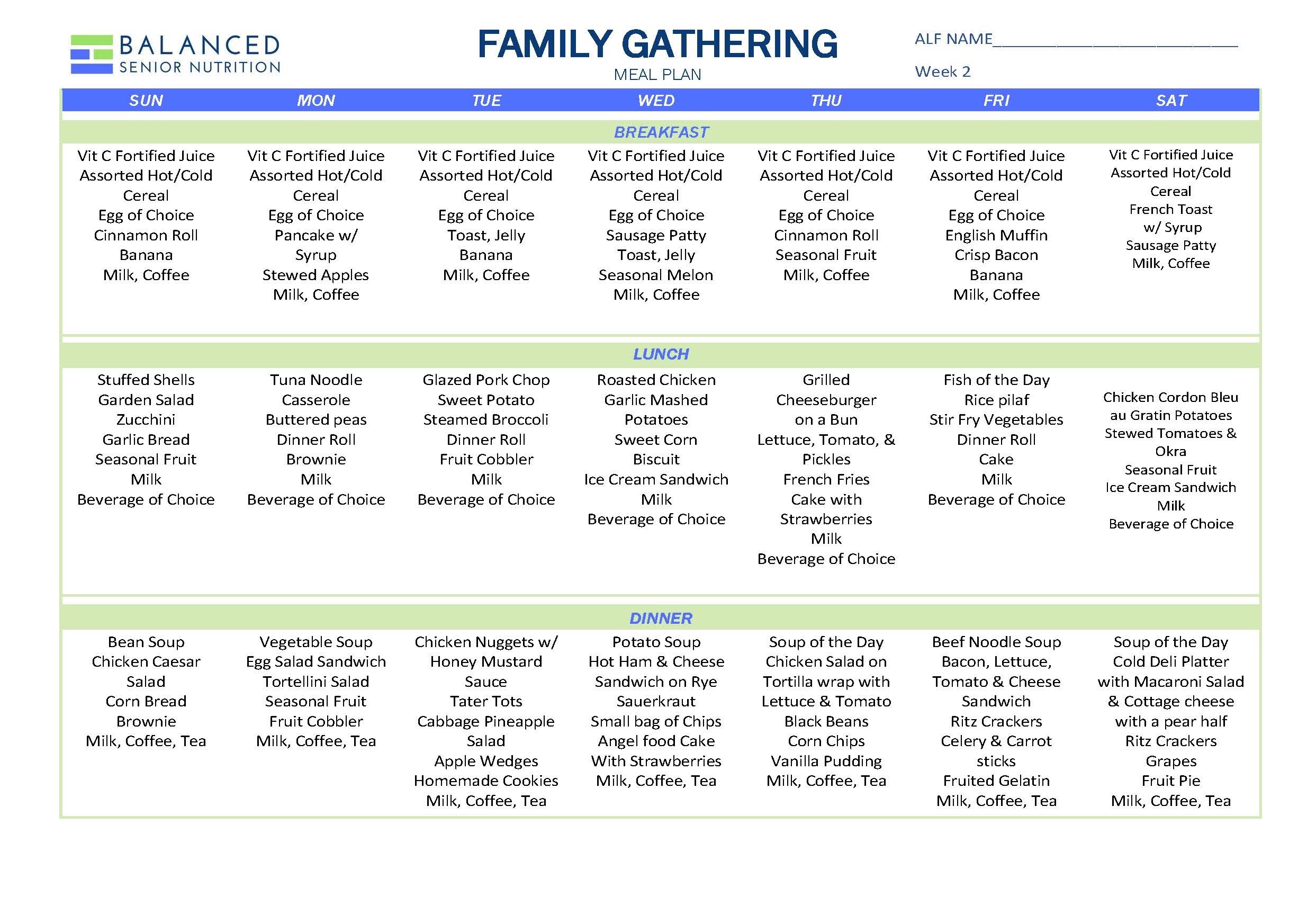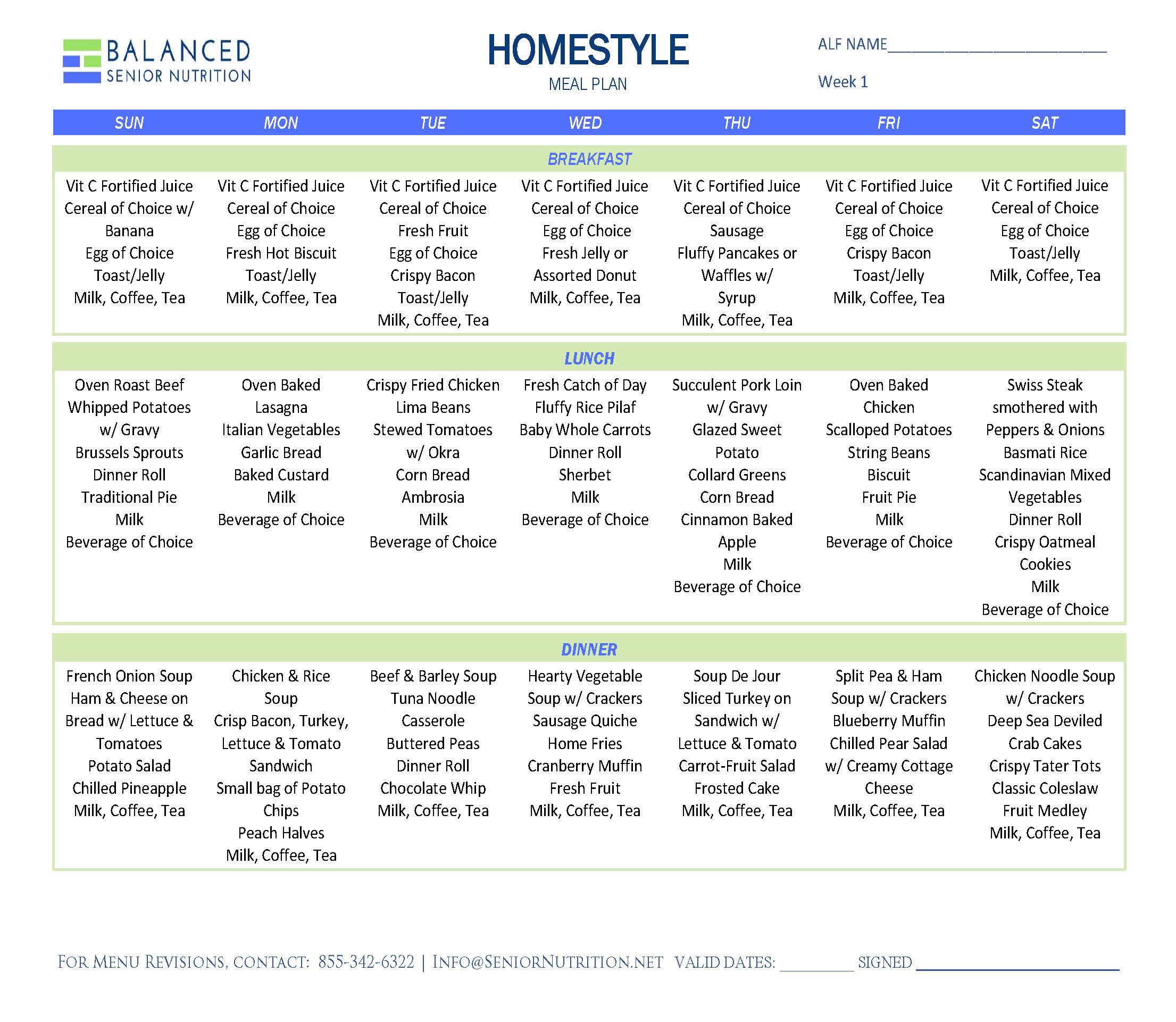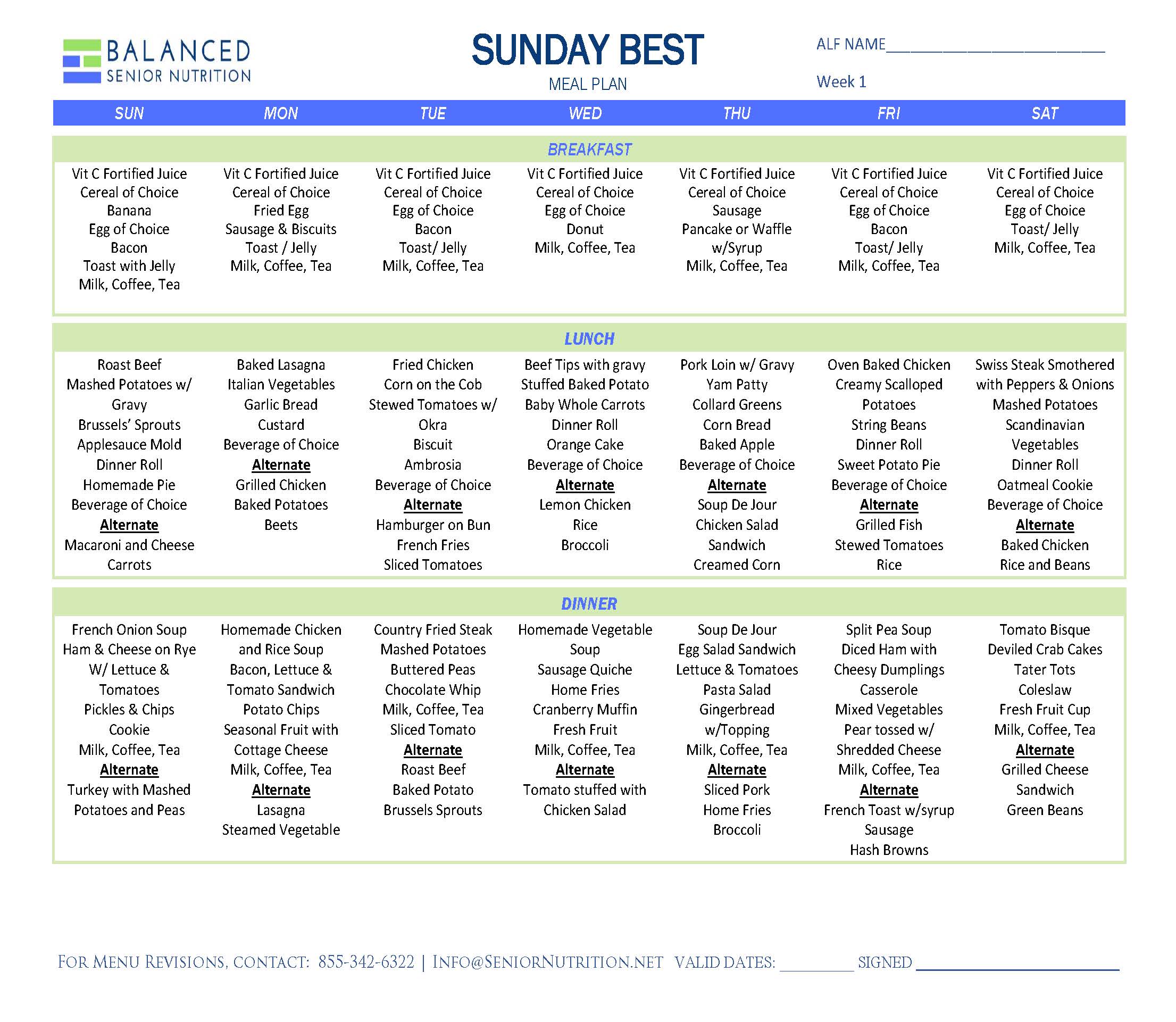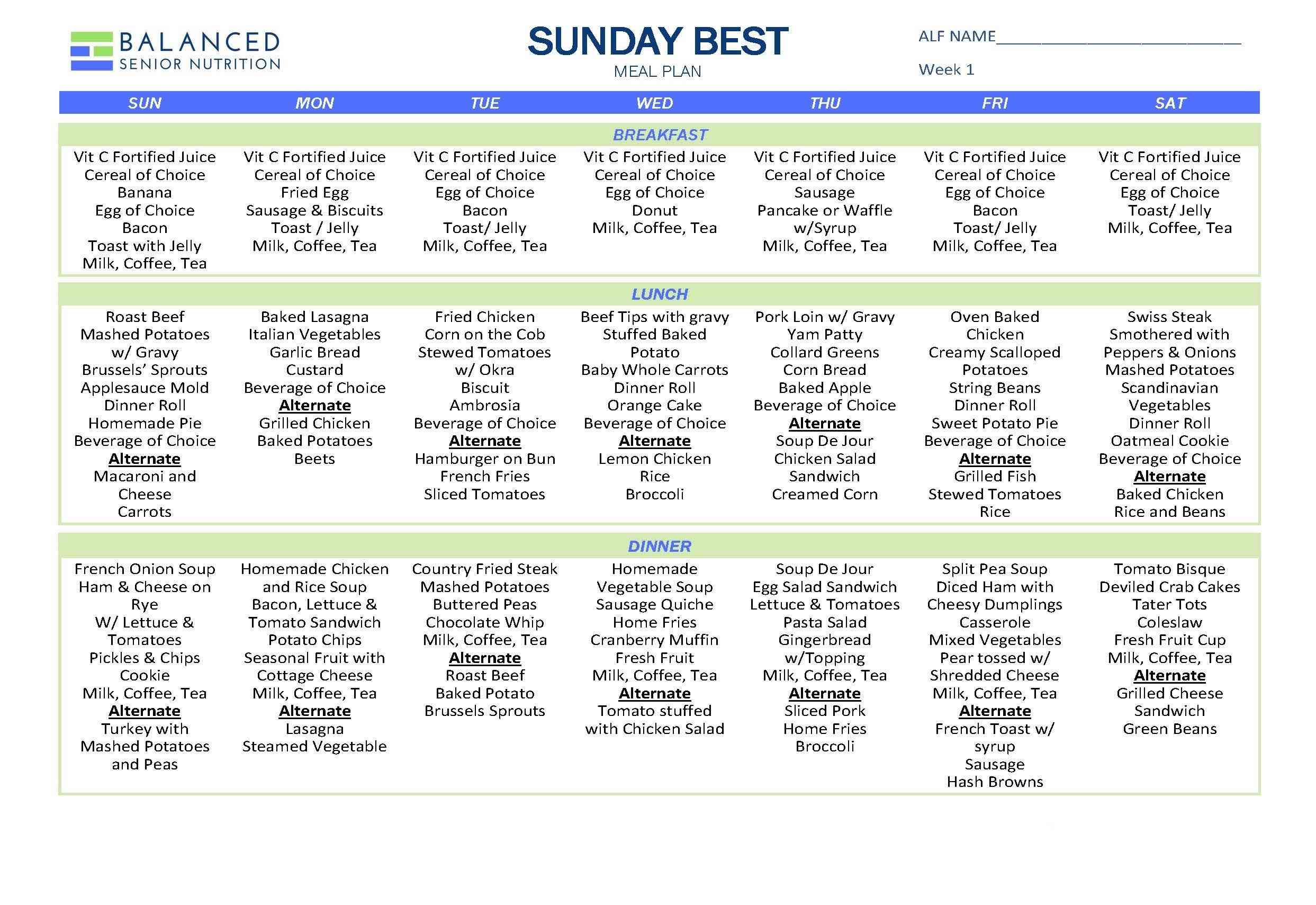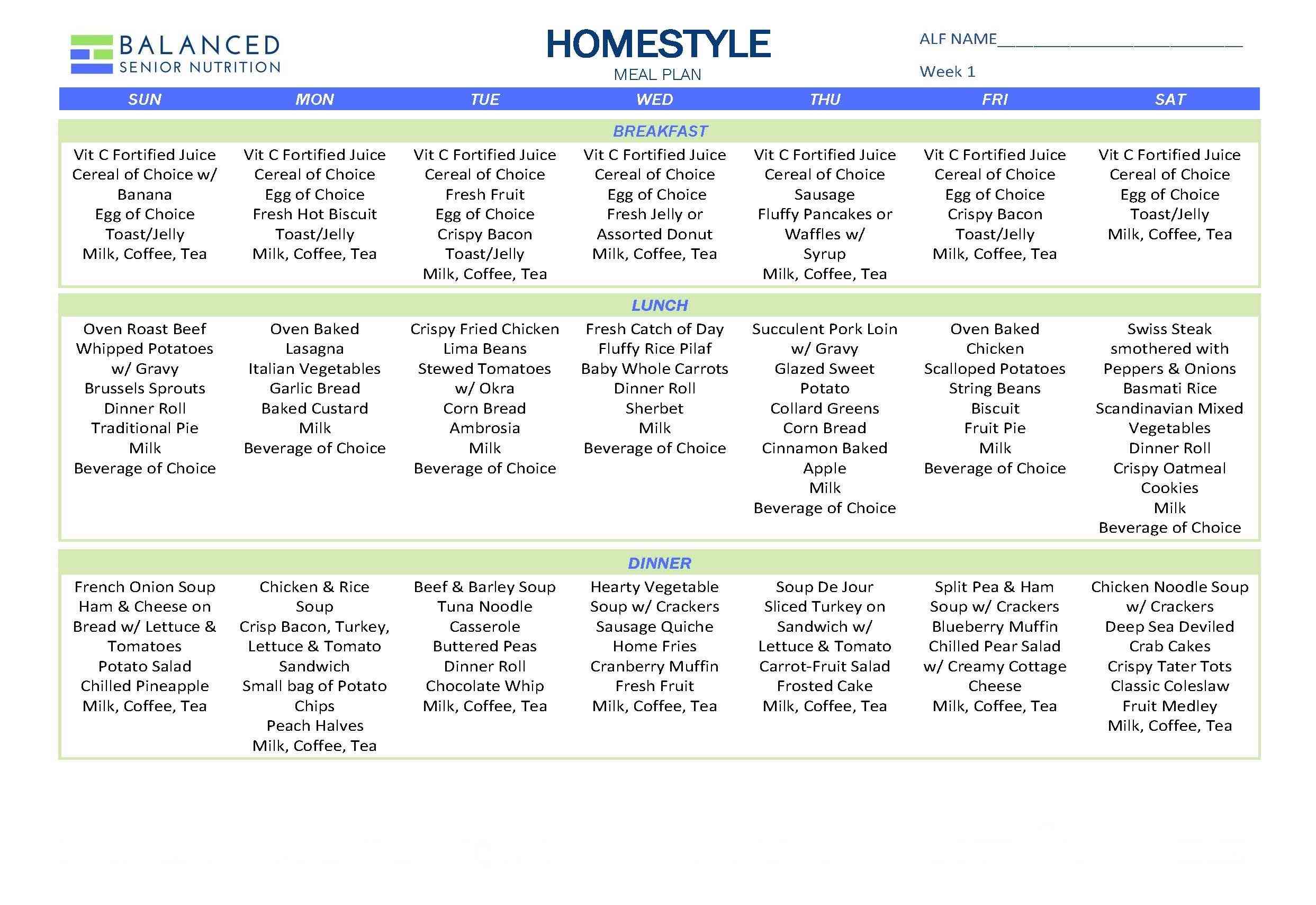
At the Creating Home II National Symposium on Culture Change and the Food and Dining Requirements, nursing home staff, regulators, provider leadership, researchers, registered dietitians, vendors, and advocates for culture change came together and created a document entitled the New Dining Practice Standards . We have One of the primary tenets of these new standards was the need for individualized nutrition and diet liberalization in long-term care and assisted living facilities.
Let me first quote from just a few of the national professional organizations who were a part of preparing these standards:
American Medical Directors Association (AMDA):
“ Therapeutic diets are often unpalatable and poorly tolerated by older persons and may lead to weight loss. The use of therapeutic diets, including low‐salt, low‐fat, and sugar‐restricted diets should be minimized in the LTC setting. Attending physicians are encouraged to consider liberalizing dietary restrictions.”
American Dietetic Association (ADA):
“Although therapeutic diets are designed to improve health, they can negatively affect the variety and flavor of the food offered. Individuals may find restrictive diets unpalatable, resulting in reducing the pleasure of eating, decreased food intake, unintended weight loss, and under nutrition – the very maladies health care practitioners are trying to prevent. In contrast, more liberal diets are associated with increased food and beverage intake. For many older adults residing in health care communities, the benefits of less‐restrictive diets outweigh the risks.”
Centers for Medicare and Medicaid Services (CMS):
“Liberalized diets should be the norm; restricted diets should be the exception. Generally,
weight stabilization and adequate nutrition are promoted by serving residents regular or
minimally restricted diets.”
You can see that everyone agrees – for the older person in the longer term care community:
*liberalized diets are better
*they should be the norm
*research suggests that a liberalized diet can enhance the quality of life and nutritional status
There you have it from the mouths of medical and dietetic professionals!
HOW CAN WE OFFER LIBERALIZED DIETS FOR LONG-TERM CARE?
It has been noted that dietitians alone do not give the orders regarding therapeutic diets. Changing old ways of thinking and bringing doctors, nurses, therapists, and other staff on board will take time and re-training. But all of this is done to ENHANCE the lives of those we are caring for and trying to help live full and vibrant lives for as long as possible. Isn’t it worth the effort of trying to bring about the change?
The first recommended course of practice in the New Dining Practice Standards is a list of 10 recommendations applicable for all therapeutic diets. Let’s look at just the first two:
“Diet is to be determined with the person and in accordance with his/her informed choices, goals and preferences, rather than exclusively by diagnosis.”
“Assess the condition of the person. Include quality of life markers such as satisfaction with food, meal time service, level of control and independence.”
DIET DETERMINED WITH THE PERSON?
Does this mean we should be asking the person if they want to be on a specific diet or not? Yes, it does. Each resident should be informed of the risks of their condition and benefits, if any, of following a prescribed diet. Then their goals and preferences should be honored rather than simply following the standard prescribed therapeutic diet for a specific medical condition. This would mean that a person with the diagnosis of diabetes does not necessarily have to follow a diabetic diet if they do not wish to do so. It is their dining preference, not the medical diagnosis, that in the end is followed.
EACH PERSON IS UNIQUE
One set of rules cannot apply to each and every person, especially when it comes to ensuring nutrition requirements for the elderly. Conditions are different, preferences are different, and levels of control and independence vary. Before moving into a long-term care community, people have kept a great diversity of dining schedules. Each person is unique and must be evaluated individually to help them obtain optimum quality of life. What are some ways this is happening in your community? What do you find to be the most challenging when carrying out this course of practice? An easy-to-use tool for getting started is the downloadable Dining History and Preference Form, which you can access for free for a limited time. Use it to get acquainted with a new resident in your community and help them quickly feel welcome and comfortable in their new home, or help current residents develop retirement community menus that they can all look forward to enjoying at mealtimes.
Diane Hall, RD, LD, NHA – “The Voice for Choice”
President/CEO, BSN Solutions




